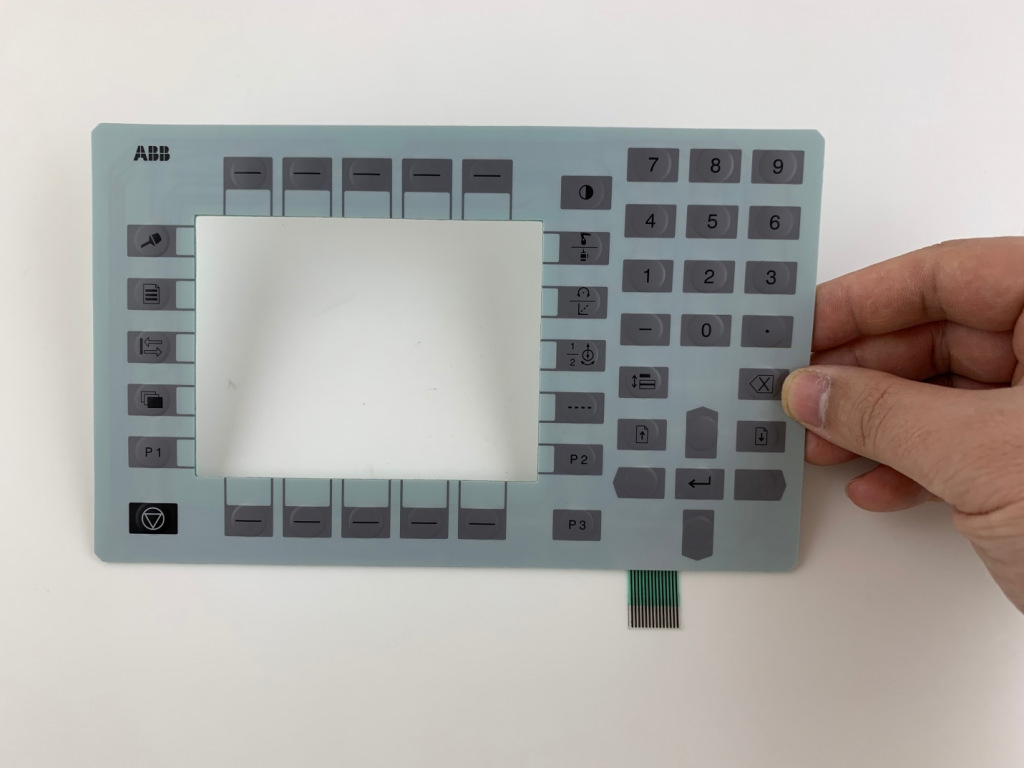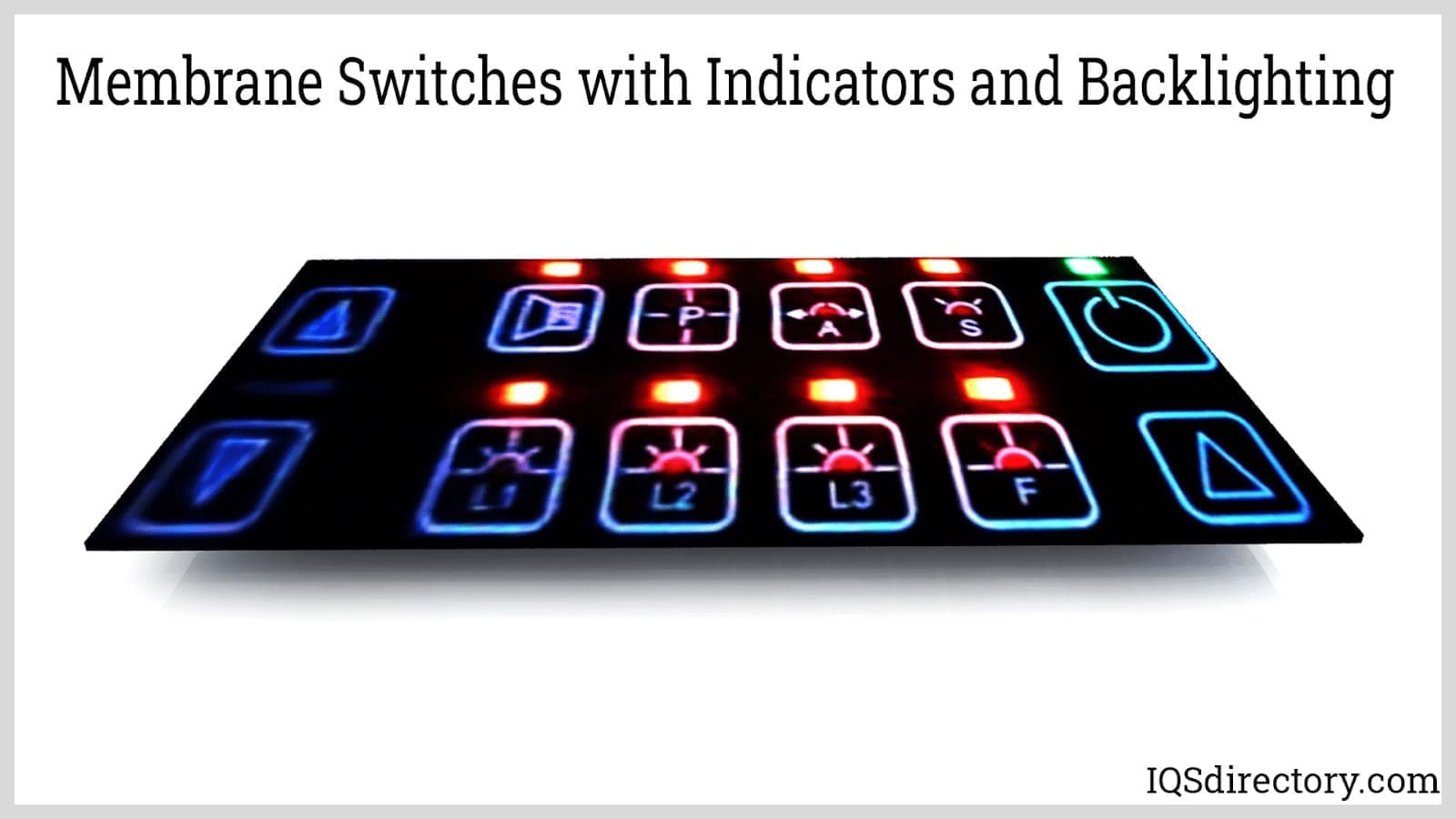How a Membrane Switch Enhances User Experience in Modern Electronics
How a Membrane Switch Enhances User Experience in Modern Electronics
Blog Article
The Advantages of Using Membrane Layer Switches Over in Consumer Electronics
Membrane buttons are progressively identified for their substantial advantages in customer electronic devices, especially in enhancing individual communication and simplifying manufacturing processes. The convenience in style allows for tailored options that meet diverse consumer demands.
Enhanced Individual Experience
In today's affordable landscape of customer electronics, enhanced customer experience is critical; virtually 85% of customers prioritize instinctive interfaces. Membrane changes play a crucial role in attaining this degree of use.
The responsive comments offered by membrane buttons is important for directing user activities, making sure that commands are registered properly. This feedback device enhances and reduces mistakes individual fulfillment, promoting a positive partnership between the customer and the tool. Additionally, the customizable nature of membrane changes permits makers to tailor user interfaces to certain user demands, making gadgets more easily accessible and inviting.
Furthermore, membrane layer buttons can integrate backlighting and visuals overlays, further boosting exposure and use in diverse settings. This flexibility ensures that gadgets continue to be easy to use and practical, despite the setup. On the whole, the integration of membrane layer changes right into customer electronic devices considerably boosts individual experience, driving brand name commitment and satisfaction in an increasingly open market.
Cost-efficient Manufacturing
Customer electronic devices producers are frequently looking for ways to balance top quality with affordability, and membrane switches offer a compelling service for cost-efficient production. membrane switch. These parts are inherently less complex than typical mechanical buttons, which decreases both manufacturing costs and intricacy. The light-weight layout of membrane switches over enables reduced shipping costs and easier integration into compact devices, even more improving their allure in an affordable market

Producers can create membrane layer switches in high volumes, making use of economic situations of range. This automation capability guarantees regular high quality while substantially reducing per-unit costs. Additionally, the materials made use of in membrane layer switches, such as polyester and polycarbonate, are commonly more economical than those needed for traditional switch innovations, adding to total cost savings.
The manufacturing process for membrane layer switches usually calls for less actions and much less labor compared to various other switch kinds. This streamlined strategy not only minimizes labor expenses however likewise increases time-to-market, enabling companies to respond quickly to consumer need. Consequently, the mix of reduced material expenditures and effective manufacturing processes positions membrane layer changes as a clever investment for makers aiming to deliver high-grade consumer electronic devices at affordable cost factors.
Layout Flexibility and Personalization
While traditional mechanical switches typically enforce constraints on layout because of their mass and needed installing systems, membrane layer switches offer unrivaled versatility and customization choices for customer electronic devices. This cutting-edge modern technology allows designers to produce streamlined, inconspicuous user interfaces that can seamlessly integrate right into various product aesthetics, from smart devices to kitchen devices.
Membrane switches can be created in essentially any kind of shape or size, allowing producers to tailor the format to certain ergonomic and practical requirements. This adaptability not only improves individual experience however likewise permits creative styles that line up with brand identification. The use of published graphics on membrane changes uses the chance for detailed layouts and dynamic colors, which can be conveniently customized without significant price ramifications.
Additionally, membrane buttons can incorporate numerous performances into a single layer, reducing the requirement for multiple elements and great site simplifying setting up processes. This structured design strategy lessens area and weight, making it suitable for compact customer electronic devices. Overall, the design adaptability and personalization abilities of membrane changes empower manufacturers to innovate, eventually causing even more interesting and easy to use items.
Resilience and Reliability
As innovation remains to develop, the longevity and dependability of membrane layer switches have ended up being crucial factors to consider for manufacturers in the customer electronic devices industry. Membrane switches are developed to hold up against harsh ecological conditions, including temperature level variations, dampness, and dust exposure. Their robust building and construction frequently involves multi-layered products that provide an effective barrier against pollutants, guaranteeing durability and consistent performance.
In addition to environmental resistance, membrane layer switches over deal superior mechanical integrity. Unlike traditional mechanical buttons, which might break with time, membrane changes use a closed style that minimizes the danger of mechanical failure. The absence of relocating components not only improves their life expectancy but likewise decreases wear and tear, making them excellent for high-usage applications.
Furthermore, membrane layer switches can withstand a significant number of actuations without loss of capability, commonly exceeding millions of cycles (membrane switch). This resilience translates to decrease replacement prices and lowered downtime for consumers and makers alike. In general, the combination of ecological durability and you can try this out mechanical reliability makes membrane layer switches a critical choice for consumer electronics, making sure that devices continue to be operational and efficient throughout their designated life expectancy

Streamlined Product Development
The longevity and reliability of membrane layer switches over substantially add to structured item advancement in the consumer electronic devices market. By incorporating these buttons early in the style process, suppliers can lower the intricacy and variety of components required in their items. Membrane buttons are light-weight and small, enabling much more effective space application within gadgets, which can result in streamlined setting up procedures.

The convenience of producing membrane buttons likewise plays an essential function in item growth. With contemporary printing methods and materials, manufacturing can be scaled effectively, minimizing and reducing lead times waste. This results in reduced production prices, improving overall success.

Final Thought
To conclude, membrane layer changes substantially improve consumer electronic devices by giving an enhanced user experience, cost-effective manufacturing procedures, and functional design options. Their durability and reliability guarantee constant performance in various settings, while structured item advancement helps with quicker time-to-market. These advantages jointly add to the development and capability of customer gadgets, attending to the developing go to this site needs of users effectively. The assimilation of membrane layer switches over stands for a tactical choice for suppliers seeking to maximize item style and efficiency.
Membrane buttons are significantly acknowledged for their substantial advantages in consumer electronic devices, specifically in boosting individual communication and streamlining production processes. Additionally, the materials made use of in membrane layer buttons, such as polyester and polycarbonate, are frequently much less expensive than those required for standard button modern technologies, contributing to general price financial savings.
The manufacturing process for membrane switches usually calls for less steps and less labor contrasted to various other button kinds. Unlike traditional mechanical switches, which may use out over time, membrane changes utilize a sealed style that lessens the danger of mechanical failing.In conclusion, membrane changes dramatically improve customer electronics by giving an improved user experience, cost-effective production procedures, and flexible style choices.
Report this page